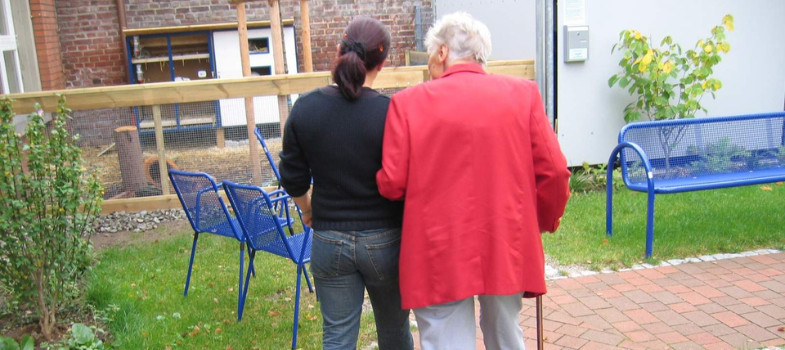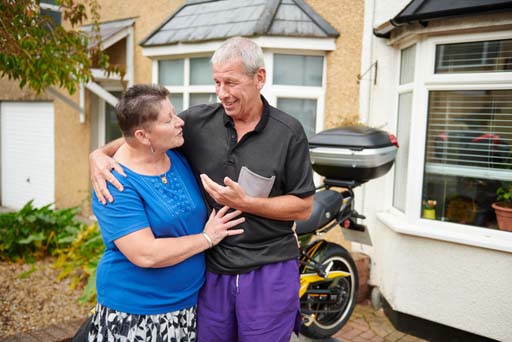1 Introduction to Parkinson’s
1.1 Introduction
Health and social care professionals from various professions will be taking this course. We will therefore use the word ‘client’ to refer to a person with Parkinson’s that you work with. You may usually use ‘patient’, ‘resident’ or another term.
How to study the course
In this course, you will work online at a pace that suits you. You can study it on your own and in your own time. However, if you are in a workplace, you can also use the course as an opportunity to connect with your peers and as a framework to support group work with colleagues.
Our approach
We take a person-centred approach to care. Person-centred care means focusing on someone’s needs as an individual and recognising that their life is not defined by Parkinson’s.
People with Parkinson’s and their carers (if they have one) are experts in their own condition and should be consulted on what they think their needs are. Anyone involved in the care of a person with Parkinson’s should help them to focus on what they can do, not what they can’t do.
In this section we look at the following questions:
- Why are we here?
- What is parkinsonism?
- What is Parkinson’s?
- What causes Parkinson’s?
- How many people have Parkinson’s?
- How old are people when they get Parkinson’s?
- How is Parkinson’s diagnosed?
- How does Parkinson’s progress?
As you work through the course, think about not only your role but also that of other professionals.
Transcript
You can download this resource and view it offline. It may be useful as part of a group activity.
Learning outcomes
The purpose of this section is to give you an understanding of the common symptoms of Parkinson’s and how the condition progresses.
By the end of this section you should be able to identify and describe the following:
- the range of common conditions in which symptoms of parkinsonism may be experienced
- what Parkinson’s is and what causes the condition to develop
- the key motor symptoms and non-motor symptoms of Parkinson’s
- the average age of onset of Parkinson’s
- the typical stages of the progression of Parkinson’s.

